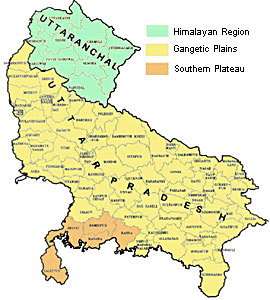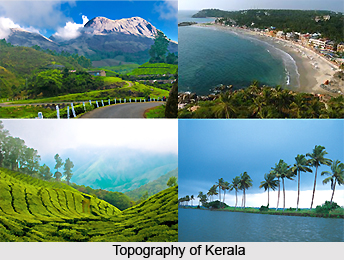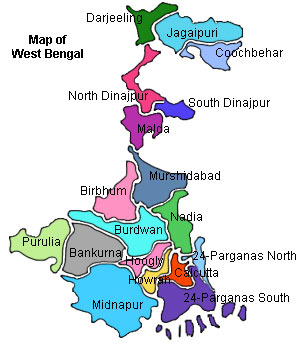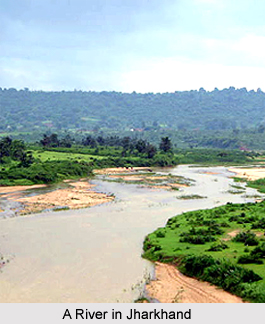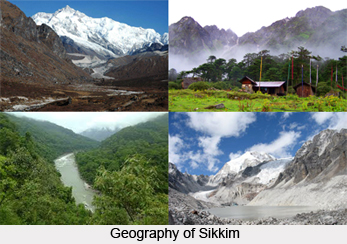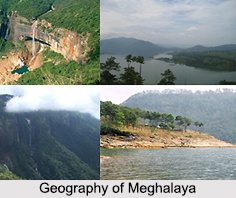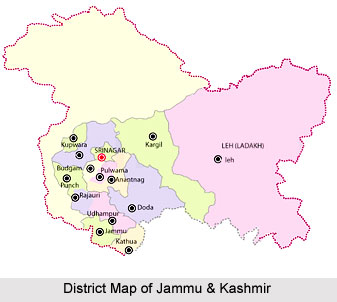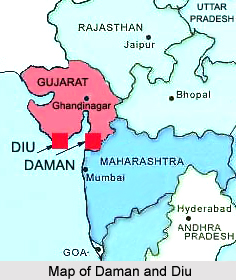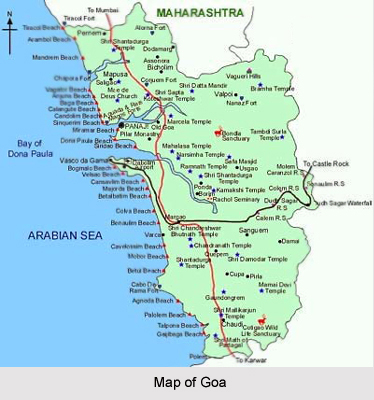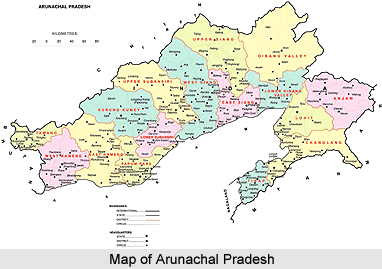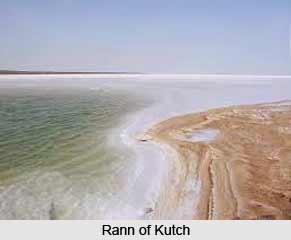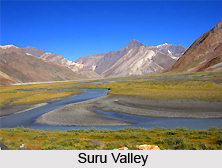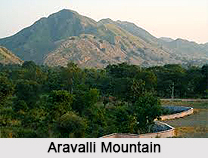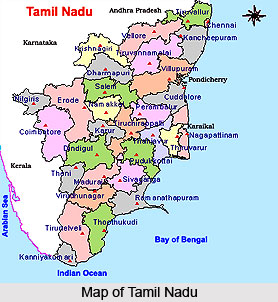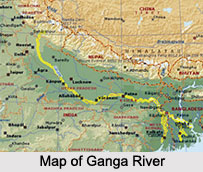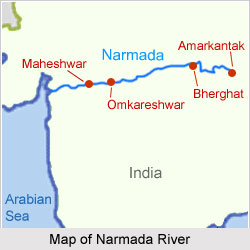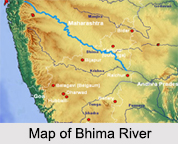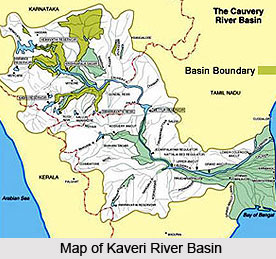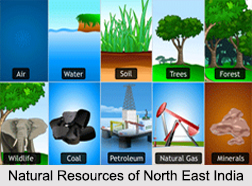 North East India is rich in natural resources, both tapped and untapped. Natural resources are valuable substances or raw materials that are nature`s gift to human kind. They get formed in nature but have to be extracted and modified before they can become beneficial. Broadly classified, natural resources can be termed as renewable and non-renewable. Wind, water and sunlight are the renewable. Fossil fuel, minerals and natural gas, etc are non-renewable.
North East India is rich in natural resources, both tapped and untapped. Natural resources are valuable substances or raw materials that are nature`s gift to human kind. They get formed in nature but have to be extracted and modified before they can become beneficial. Broadly classified, natural resources can be termed as renewable and non-renewable. Wind, water and sunlight are the renewable. Fossil fuel, minerals and natural gas, etc are non-renewable.
Some of the broadly classified resources till date are as follows:
•Agricultural Resources: Rice, Tea and Wheat.
•Exotics: Orchids, Aromatic Rice (Joha Rice) and Bhut Jalakia (Capsicum Chinensis).
•Forest Resources: Timber, Bamboo, Cane and Reeds.
•Horticulture, Sericulture and Spices: Citronella (Cymbopogan Flexuosus Steud Wats), Lemon Grass, Patchouli (Pogostemon Cabiln Benth) and Agar (Aquilaria Agallocha Roxb).
•Medicinal Plants and Herbs: Sarpagandha (Rauvolfia Serpentine Benth), Pippali (Piper Longam Linn) and Amlaki (Emblica Officinalis Gaertn).
•Mineral Resources: Clay, Coal, Copper, Fireclay, Glass sand, Granite, Iron Ore, Lead, Limestone, Lithomarge, Nickel Graphite, Rhodonite, Quartzite, Pyrite, Sandstone, Serpentinites, Sillimanite, Uranium and Zinc.
•Natural Fuel Resources: Natural Gas, Petroleum and Coal.
This article is a stub. You can enrich by adding more information to it. Send your Write Up to content@indianetzone.com.
